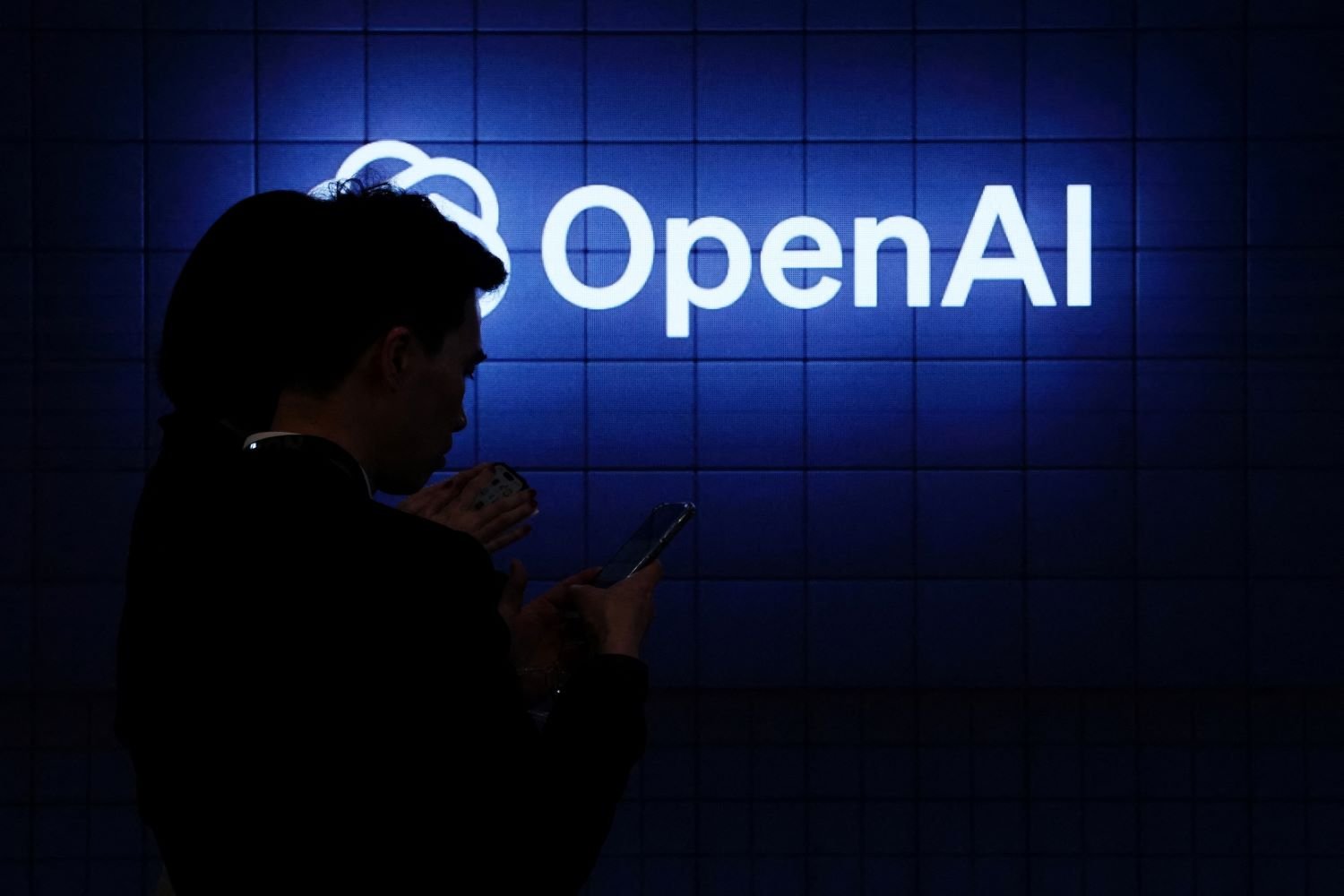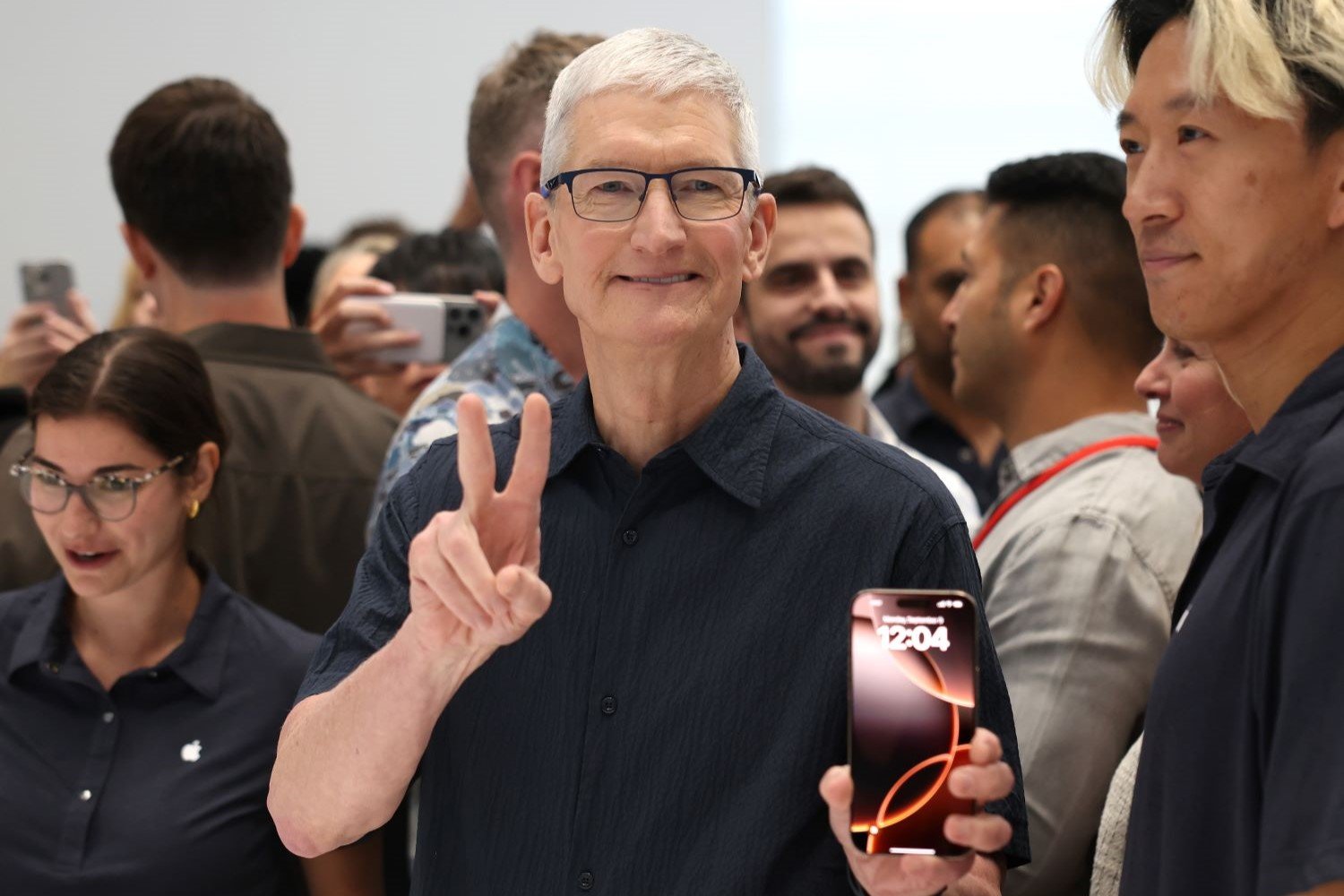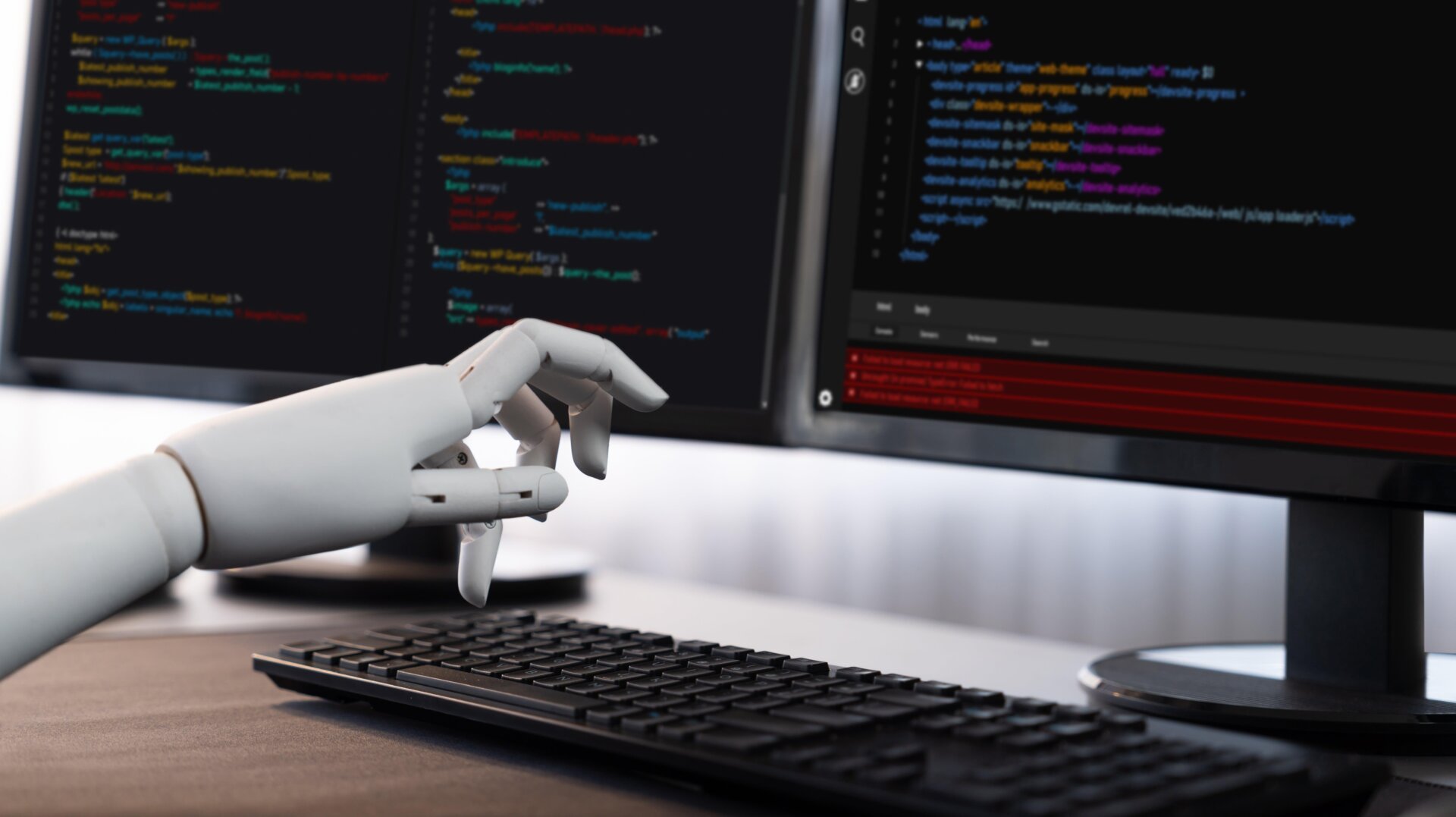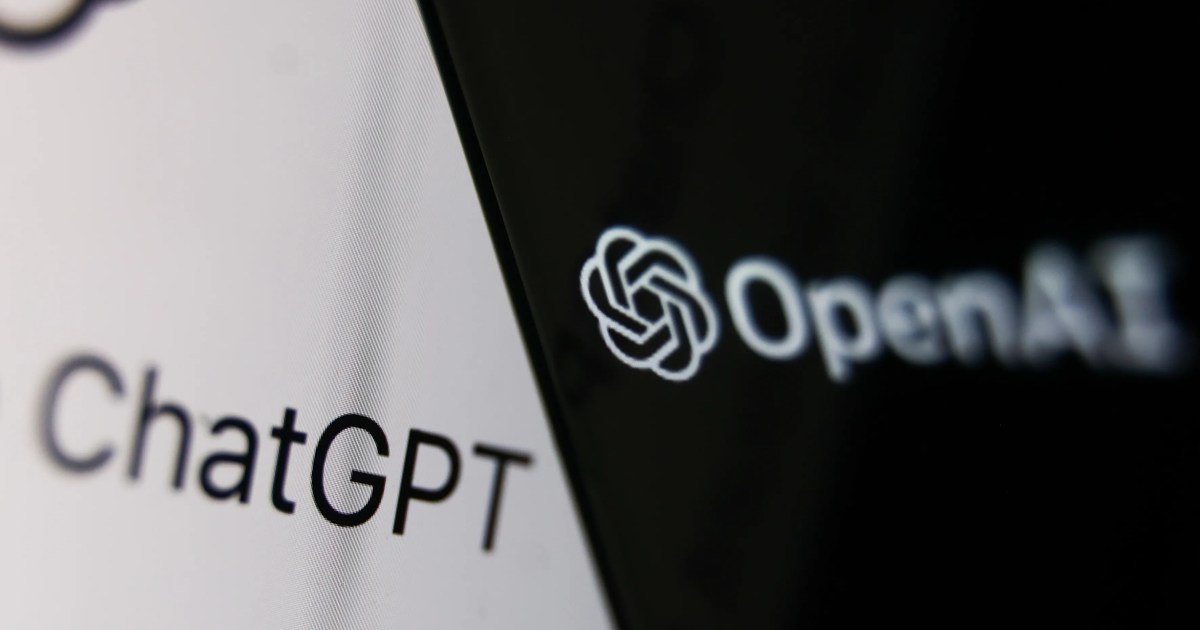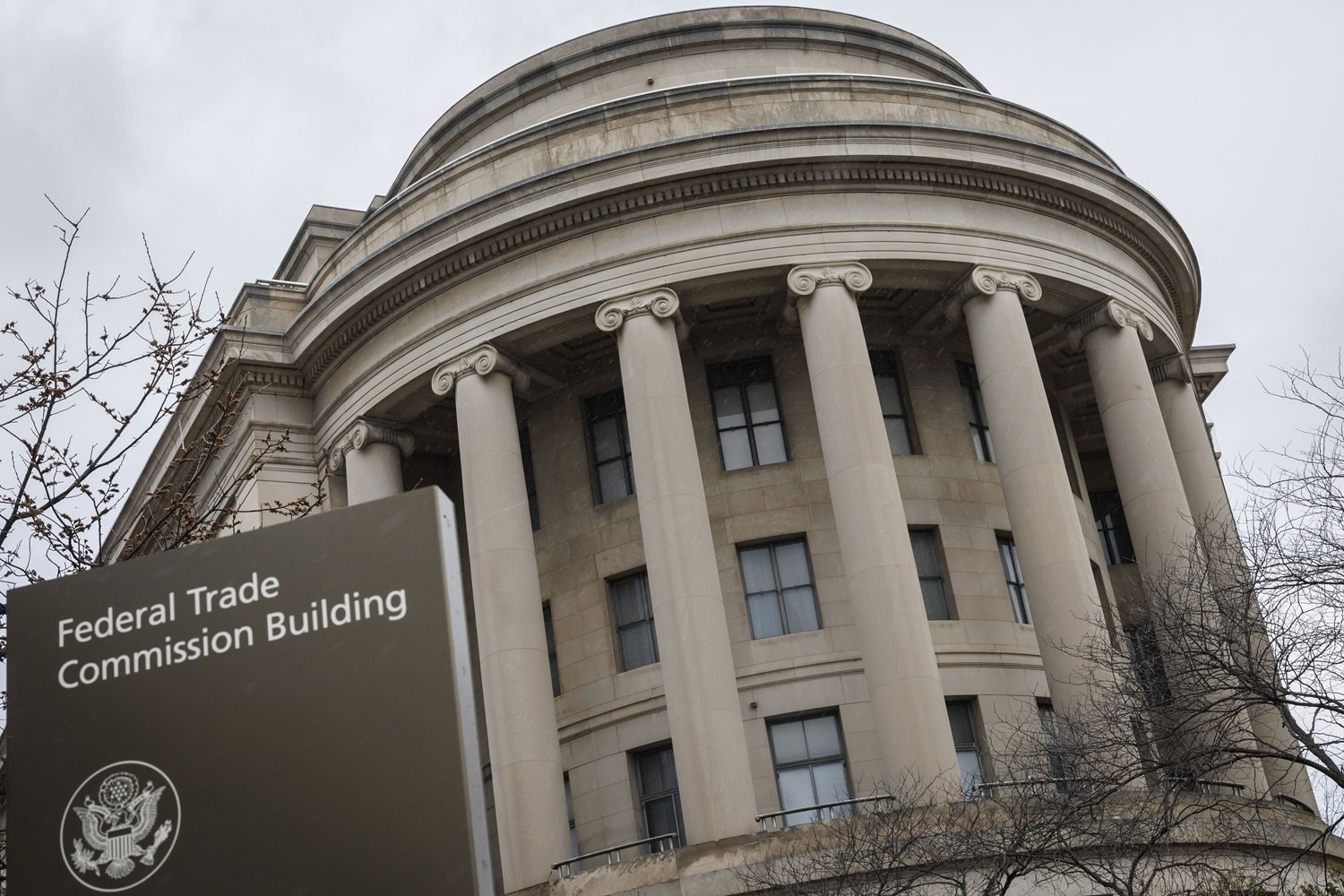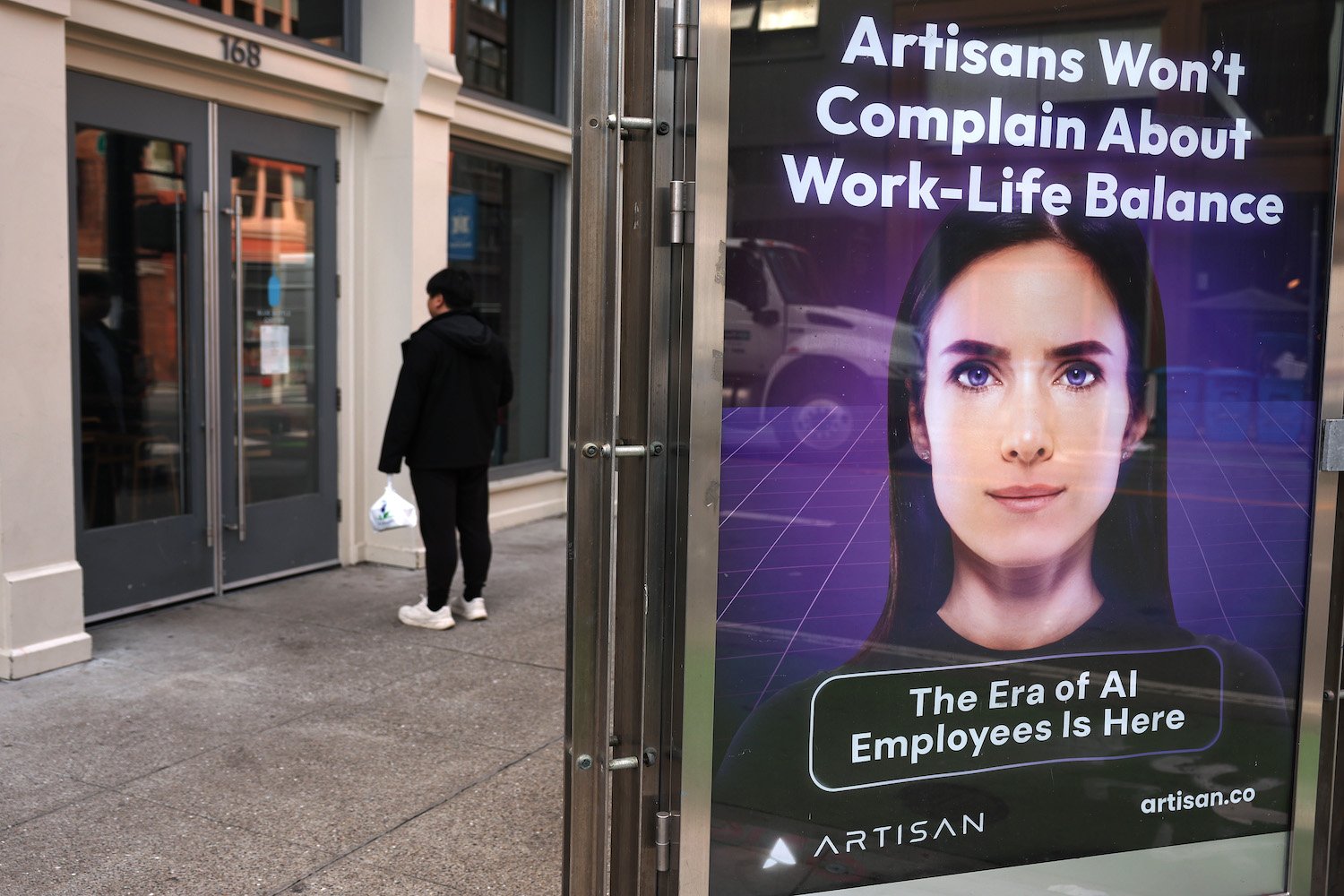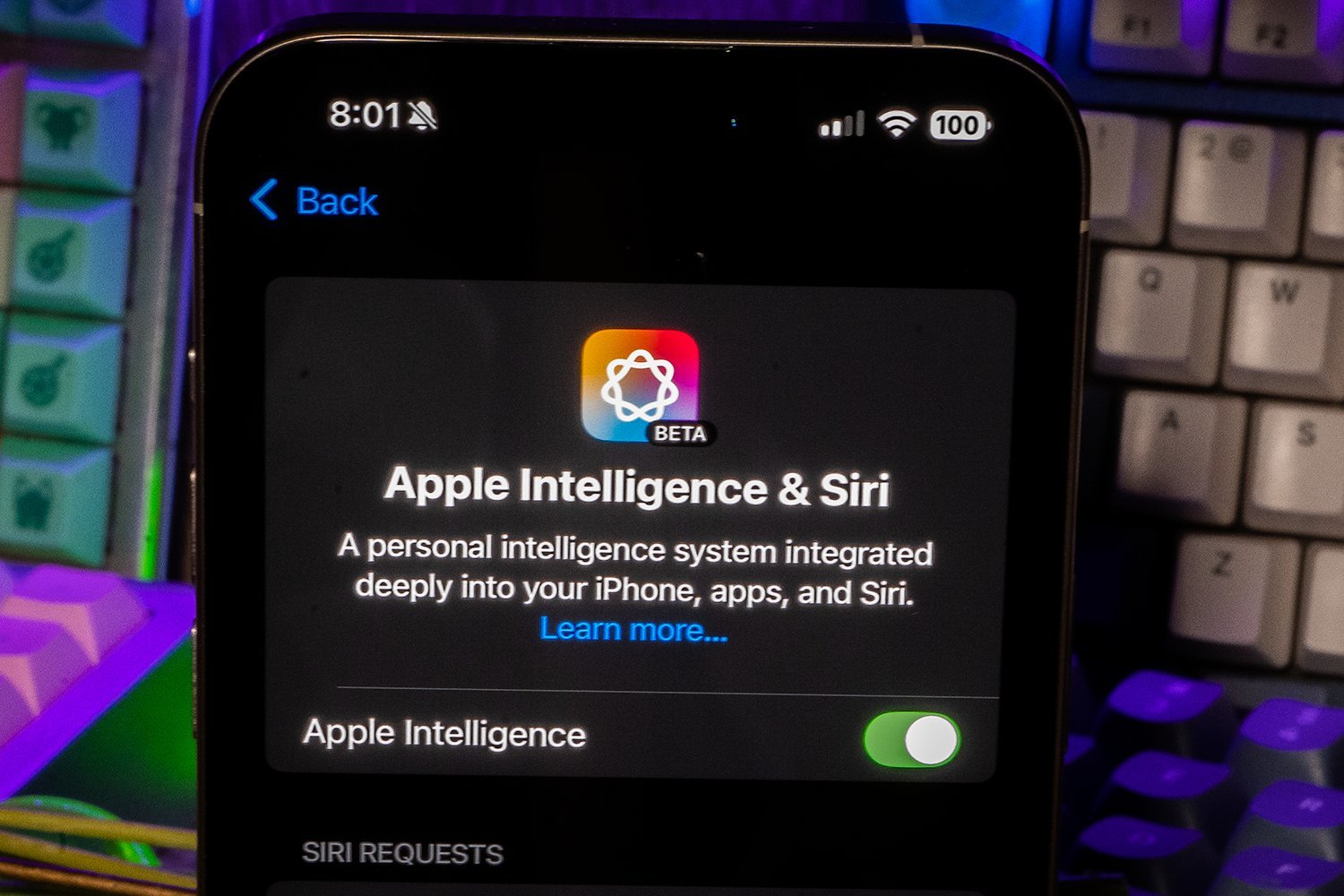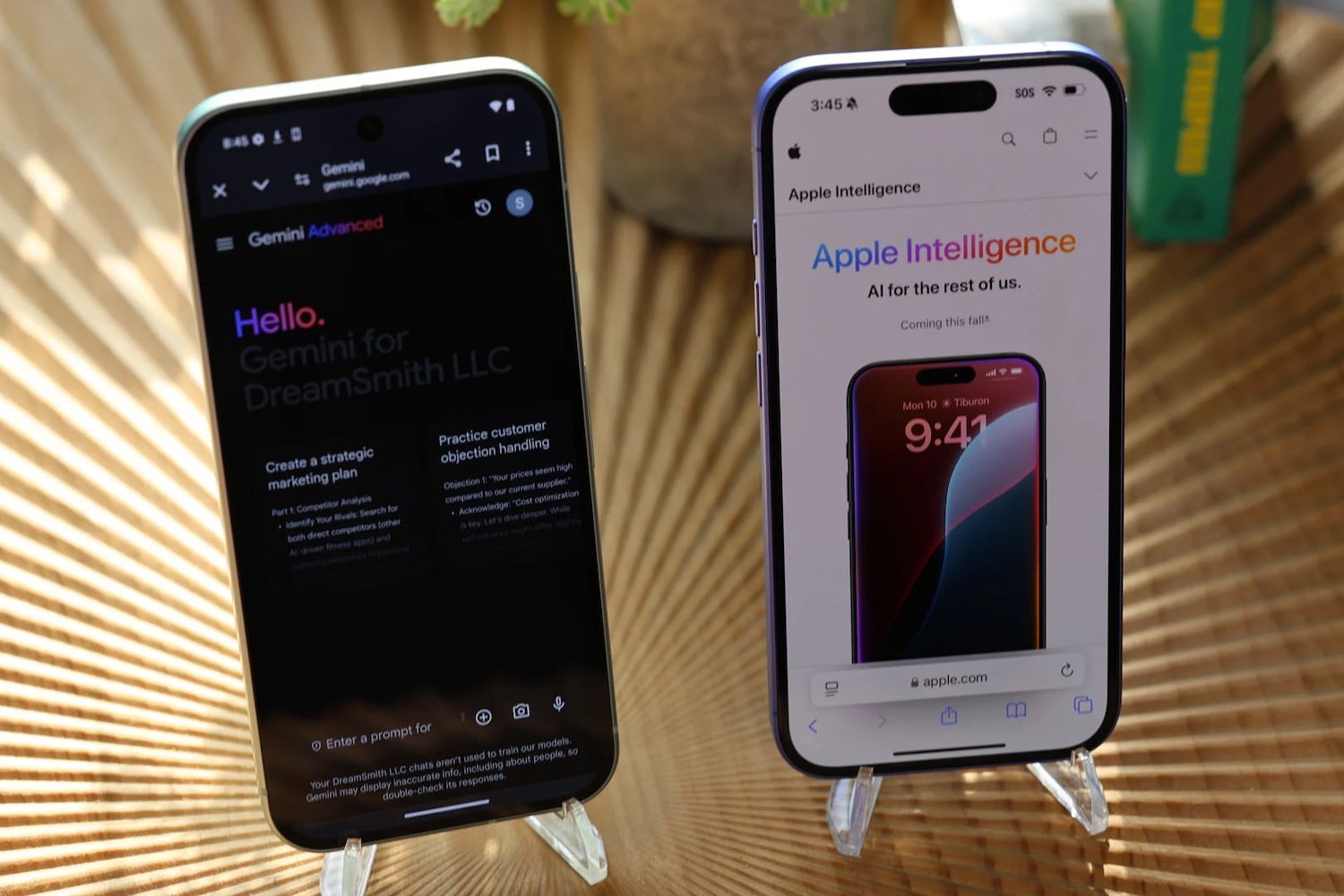OpenAI has officially launched Sora, its highly anticipated AI video generation tool. This release is part of OpenAI’s “12 Days of Shipmas” product launch spree, which also included the introduction of the $200-per-month ChatGPT Pro tier. Tech influencer Marques Brownlee was among the first to confirm Sora’s arrival, followed by an official presentation from OpenAI.
Sora is integrated into ChatGPT’s paid memberships, accessible via sora.com. While access is included with a subscription, usage is tiered. ChatGPT Plus subscribers can generate up to fifty 22-second videos per month at 480p resolution, while Pro users enjoy unlimited video generation at a reduced processing speed, or 500 videos at the fastest speed. Prepare to see a surge of AI-generated video content online.
Sora’s Global Rollout and OpenAI’s Vision
Sora’s launch is global, with notable exceptions: the UK and European Union are currently excluded, likely due to regulatory hurdles. OpenAI CEO Sam Altman acknowledged the regional restrictions, stating uncertainty about when Sora will be available in these areas. Altman emphasized OpenAI’s broader AI vision, stating that AI shouldn’t be limited to text, and highlighting the importance of video data in training AI to understand the world, a key aspect of their AGI roadmap.
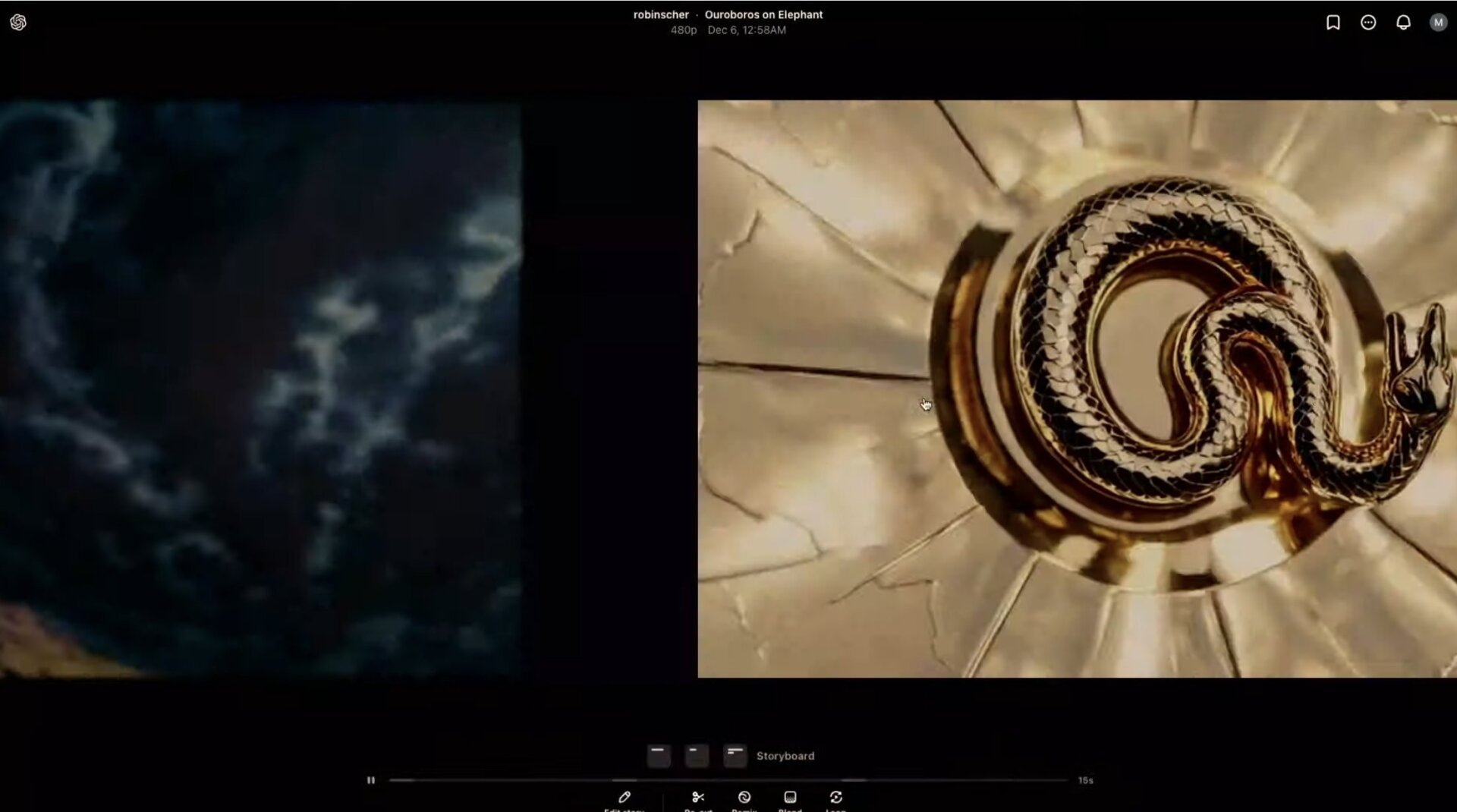 Screenshot of OpenAIOpenAI’s Sora platform includes a website for community sharing of user-generated videos.
Screenshot of OpenAIOpenAI’s Sora platform includes a website for community sharing of user-generated videos.
OpenAI’s presentation showcased a dedicated “Explore” page within Sora, designed as a community hub for sharing user-created videos and the corresponding text prompts. This platform allows users to save and incorporate shared videos into their own projects, fostering collaboration and inspiration. Initially announced in February, Sora has undergone a phased rollout with preview testers. Notably, former CTO Mira Murati faced online scrutiny after expressing uncertainty about whether Sora’s training data included YouTube videos, a potential violation of Google’s terms of service.
Early Impressions and Capabilities of Sora
Early previews of Sora reveal surprisingly realistic video generation capabilities. Brownlee demonstrated Sora’s potential with an AI-generated news clip mimicking a local news broadcast. While imperfections remain, such as jumbled text and fluctuating resolution, the realism is undeniable. This raises concerns about the potential for misinformation, especially given the prevalence of uncritical engagement with AI-generated content online.
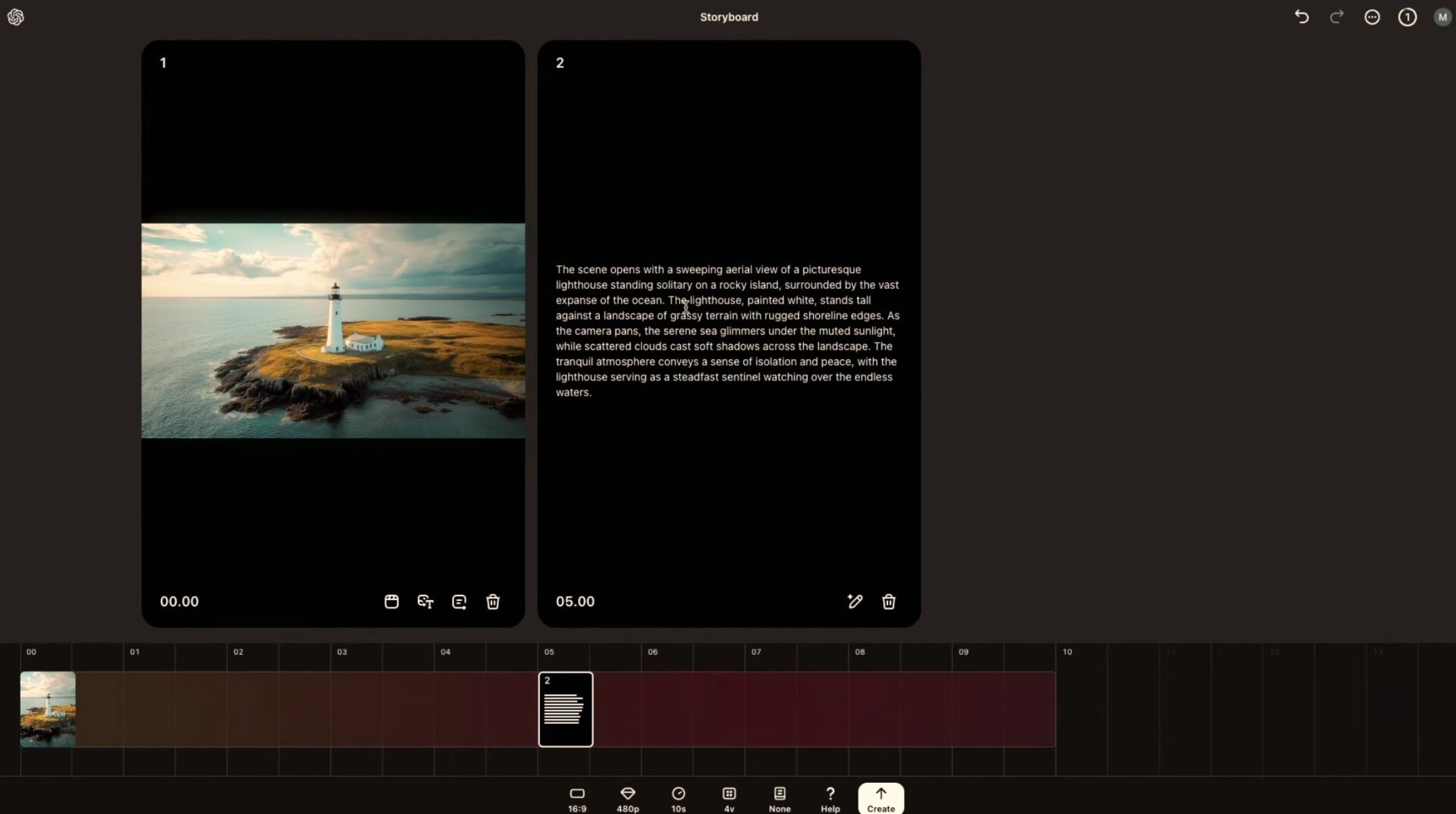 Screenshot of OpenAIOpenAI’s Sora’s timeline feature resembles traditional video editing software.
Screenshot of OpenAIOpenAI’s Sora’s timeline feature resembles traditional video editing software.
Sora’s “remix” feature allows for text-based customization of generated videos. A demonstration showed woolly mammoths transformed into robots with a simple text prompt. A storyboard function enables users to chain multiple text prompts, guiding Sora to create cohesive scenes. This interface mirrors standard video editing software, featuring a timeline and movable clips.
Challenges and Limitations of AI Video Generation
Despite its impressive capabilities, Sora faces challenges in precise output control. While potentially reducing visual effects costs, the current level of control might be insufficient for artists seeking fine-grained detail. Early demos may have been heavily edited, and “hallucinations,” where AI generates unrealistic or nonsensical output, remain an issue. Brownlee noted Sora’s difficulties with realistic physics, including objects disappearing or phasing through each other, and inaccurate depiction of object speed.
Ethical Concerns and Content Moderation
The use of web-scraped creative material in training AI models continues to be a point of contention. OpenAI and similar companies argue that publicly accessible web data is fair use, while content creators like Reddit and the New York Times are actively working to protect their content. OpenAI acknowledges the ethical concerns and plans to implement stringent content moderation, initially restricting the generation of certain content types, including videos based on real individuals.
The Future of AI Video Generation
OpenAI emphasizes Sora’s role as a creative tool, augmenting human creativity rather than replacing it. While feature-length films might not be immediately feasible, Sora offers possibilities for rapid prototyping, exploration of different creative avenues, and enhanced creative workflows. The long-term impact of AI video generation tools like Sora on the creative landscape remains to be seen.



